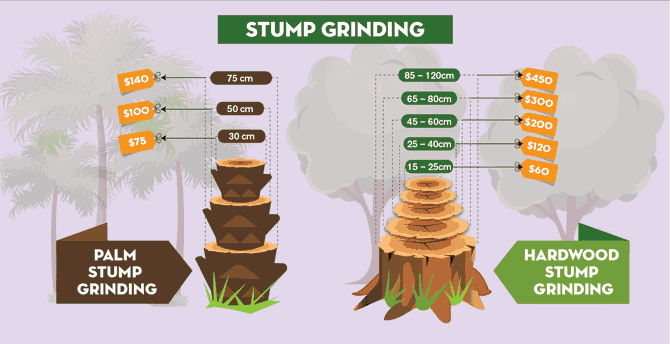When it pertains to creating a landscape that flourishes, mastering the art of tree pruning is a must. Imagine having the ability to form your trees with accuracy, ensuring their vigor and beauty for many years to come. By finding out the necessary techniques for correct cuts, timing, and structural training, you hold the key to a flourishing exterior room that will thrill all that encounter it. Yet how do these trimming approaches genuinely affect the health of your trees and the total landscape visual?
Proper Pruning Cuts for Tree Health And Wellness
When it pertains to keeping the health of your trees, making proper pruning cuts is essential. Inaccurate cuts can bring about illness, insect infestation, and overall tree decrease. To make sure the vitality of your trees, always start by utilizing sharp, clean devices to make accurate cuts.
Begin by recognizing the branch collar, a puffy location where the branch connects to the trunk. Reducing simply outside you can check here helps promote proper recovery and lowers the danger of infection. Avoid leaving look at here now as they can welcome parasites and conditions right into the tree.
Remember to make cuts at a mild angle, sloping far from the trunk, to avoid water from pooling on the wound. In addition, get rid of any type of dead, damaged, or going across branches to improve air circulation and sunlight infiltration.
Timing and Regularity of Pruning
To preserve the wellness and structure of your trees, understanding the ideal timing and regularity of pruning is vital.
The best time to prune trees is usually throughout the inactive period in late wintertime or early springtime. Pruning during this duration aids promote new growth once the tree begins budding in the spring.
However, some trees, like spring-flowering ones, are best pruned right after they end up blooming to stay clear of cutting off next year's flower buds.
Routine trimming is crucial, but the regularity depends on the tree species and its development price. For most trees, an annual assessment to eliminate dead, unhealthy, or going across branches is recommended. Youthful trees might call for more frequent trimming to establish a strong framework, while mature trees might just require maintenance trimming every couple of years.
Prevent trimming during the autumn when conditions are a lot more quickly spread, and avoid hefty pruning during the summer when the tree is actively expanding.
Training Young Trees for Framework
For developing strong and healthy and balanced trees, training young trees for optimal framework is essential. By forming a tree when it's young, you set the foundation for a sturdy and aesthetically enticing fully grown tree.
Begin by identifying the main leader, which is the main upward-growing branch. Motivate the main leader's development by trimming away contending leaders, aiding the tree establish a solid main trunk. In addition, remove any branches that grow inward or downward, as they can trigger architectural issues as the tree grows.
It is necessary to area out side branches evenly around the trunk to advertise balanced growth. As the tree matures, continue to check its growth and trim as required to preserve its form and framework.
Appropriately trained young trees are less likely to establish weak crotches or jammed branches, reducing the risk of damage during storms. Investing time in training young trees will settle with a perfectly structured and resistant tree in the future.
Final thought
Now that you have actually mastered the necessary techniques of tree trimming, your landscape is on its means to growing. By utilizing sharp tools, making exact cuts, and effectively timing your trimming sessions, you are guaranteeing the health and wellness and longevity of your trees. Remember to routinely check and maintain your trees to keep them flourishing. With your newly found knowledge, your landscape will remain to grow magnificently for several years ahead. Maintain the great work!
